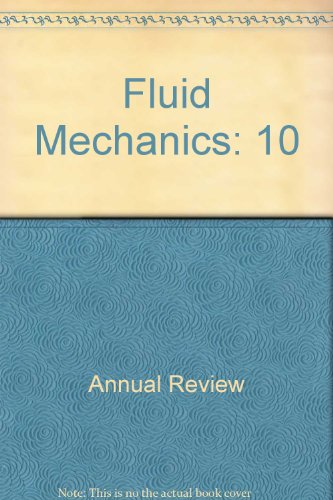Pattern Formation and Instabilities in Particulate Suspensions
IF 30.2
1区 工程技术
Q1 MECHANICS
引用次数: 0
Abstract
Particulate suspensions, consisting of solid particles dispersed in a fluid, exhibit complex flow behaviors influenced by multiple factors, including particle interactions, concentration gradients, and external forces. Suspensions play an important role in diverse processes, from sediment transport to food processing, and display instabilities triggered by shear-driven effects, frictional interactions, and viscous forces. These instabilities can often be understood by identifying the key mechanical quantities that govern the dynamics. Following hydrodynamic tradition, such mechanics can be characterized by dimensionless numbers, which encapsulate the interplay between geometric, kinematic, and mechanical factors. Many of these numbers represent competitions between opposing pairs of mechanical quantities, which we discuss in detail while also considering a few phenomena that require more complex combinations. By emphasizing the underlying mechanical principles, this review provides a perspective for understanding pattern formation and flow instabilities in confined particulate suspensions across different flow geometries.颗粒悬浮液的模式形成和不稳定性
颗粒悬浮液由分散在流体中的固体颗粒组成,其流动行为受到多种因素的影响,包括颗粒相互作用、浓度梯度和外力。悬浮液在多种过程中发挥着重要作用,从沉积物运输到食品加工,并表现出剪切驱动效应、摩擦相互作用和粘性力引发的不稳定性。这些不稳定性通常可以通过确定控制动力学的关键力学量来理解。按照流体力学的传统,这种力学可以用无因次数来表征,这些无因次数概括了几何、运动学和力学因素之间的相互作用。这些数字中的许多代表了对立的力学量对之间的竞争,我们将详细讨论这一点,同时考虑一些需要更复杂组合的现象。通过强调潜在的力学原理,本综述为理解不同流动几何形状的受限颗粒悬浮液的模式形成和流动不稳定性提供了一个视角。
本文章由计算机程序翻译,如有差异,请以英文原文为准。
求助全文
约1分钟内获得全文
求助全文
来源期刊
CiteScore
54.00
自引率
0.40%
发文量
43
期刊介绍:
The Annual Review of Fluid Mechanics is a longstanding publication dating back to 1969 that explores noteworthy advancements in the field of fluid mechanics. Its comprehensive coverage includes various topics such as the historical and foundational aspects of fluid mechanics, non-newtonian fluids and rheology, both incompressible and compressible fluids, plasma flow, flow stability, multi-phase flows, heat and species transport, fluid flow control, combustion, turbulence, shock waves, and explosions.
Recently, an important development has occurred for this journal. It has transitioned from a gated access model to an open access platform through Annual Reviews' innovative Subscribe to Open program. Consequently, all articles published in the current volume are now freely accessible to the public under a Creative Commons Attribution (CC BY) license.
This new approach not only ensures broader dissemination of research in fluid mechanics but also fosters a more inclusive and collaborative scientific community.

 求助内容:
求助内容: 应助结果提醒方式:
应助结果提醒方式:


